Introduction
This article is part of a series discussing methods for adding sensing capabilities to a DIY telescoping pole project made from EMT conduit. This article presents:
- Seven different methods for sensing the extension length of a telescoping pole made from EMT conduit!
- An in-depth look at the photoresistor-based technique among that list of methods.
While the extended length of a telescoping pole can be simply measured using a tape measure, a system for continuously taking such measurements is useful for many different telescoping pole applications and projects:
- Know if the pole has slipped
- Set a repeatable length (e.g. deployable fruit picker)
- Flagpole height measurement, at full mast, half mast, or anywhere in-between
- Set the height of an archery or hunting target
- Use the telescoping pole itself as a measuring stick
- And more!
This article will show you how to add extension-sensing to an EMT conduit telescoping pole by utilizing low-cost, off-the-shelf components:
- EMT conduit telescoping coupling
- 1", 3/4", and 1/2" EMT conduit from your local hardware store
- Photoresistor/light dependent resistor (LDR)
- An Arduino microcontroller
- And some additional electronics!
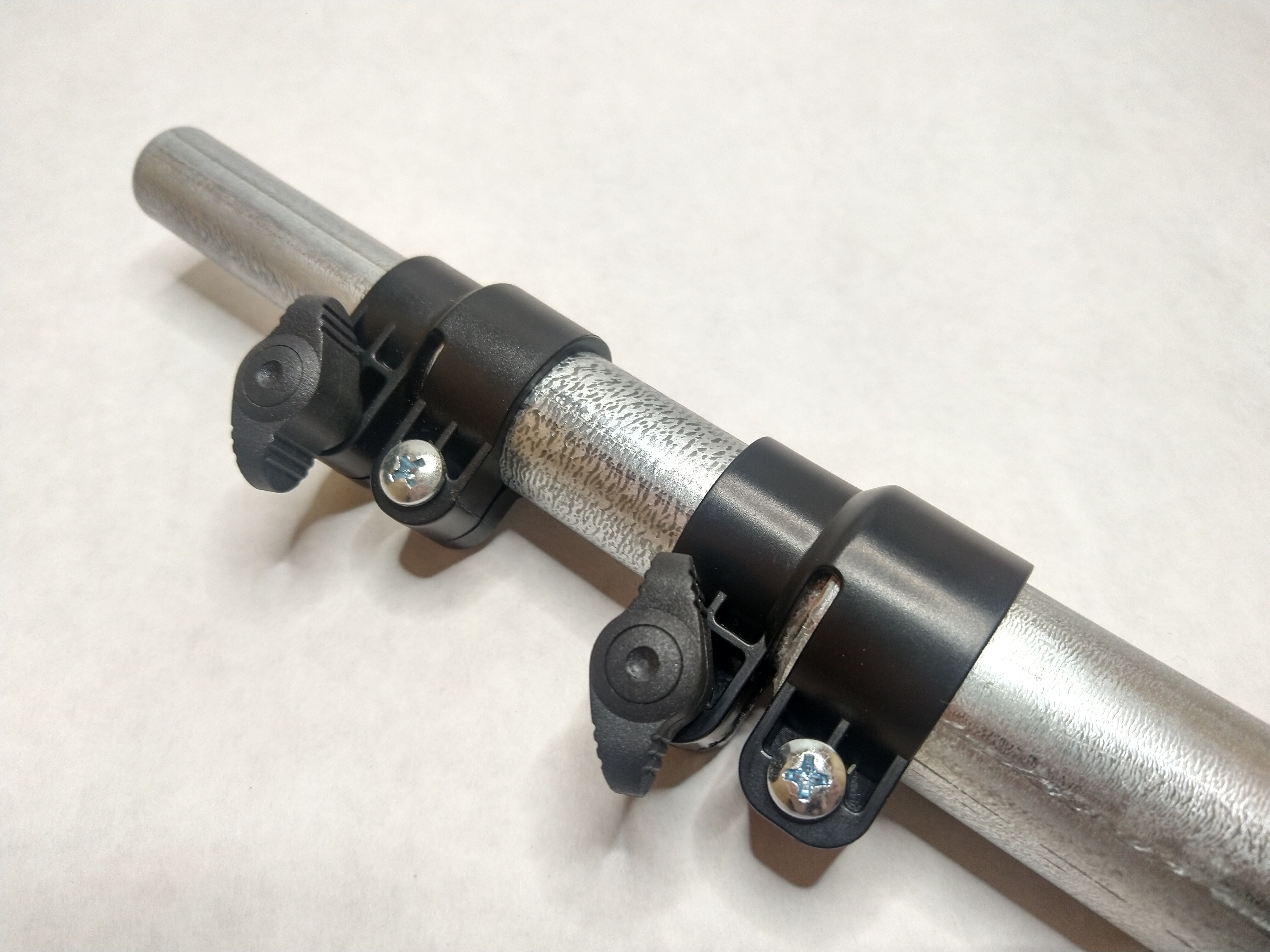
Disclosure: Some of the links in this article are affiliate links. This means that, at zero cost to you, I will earn an affiliate commission if you click through the link and finalize a purchase.
 Austin Allen
Austin Allen
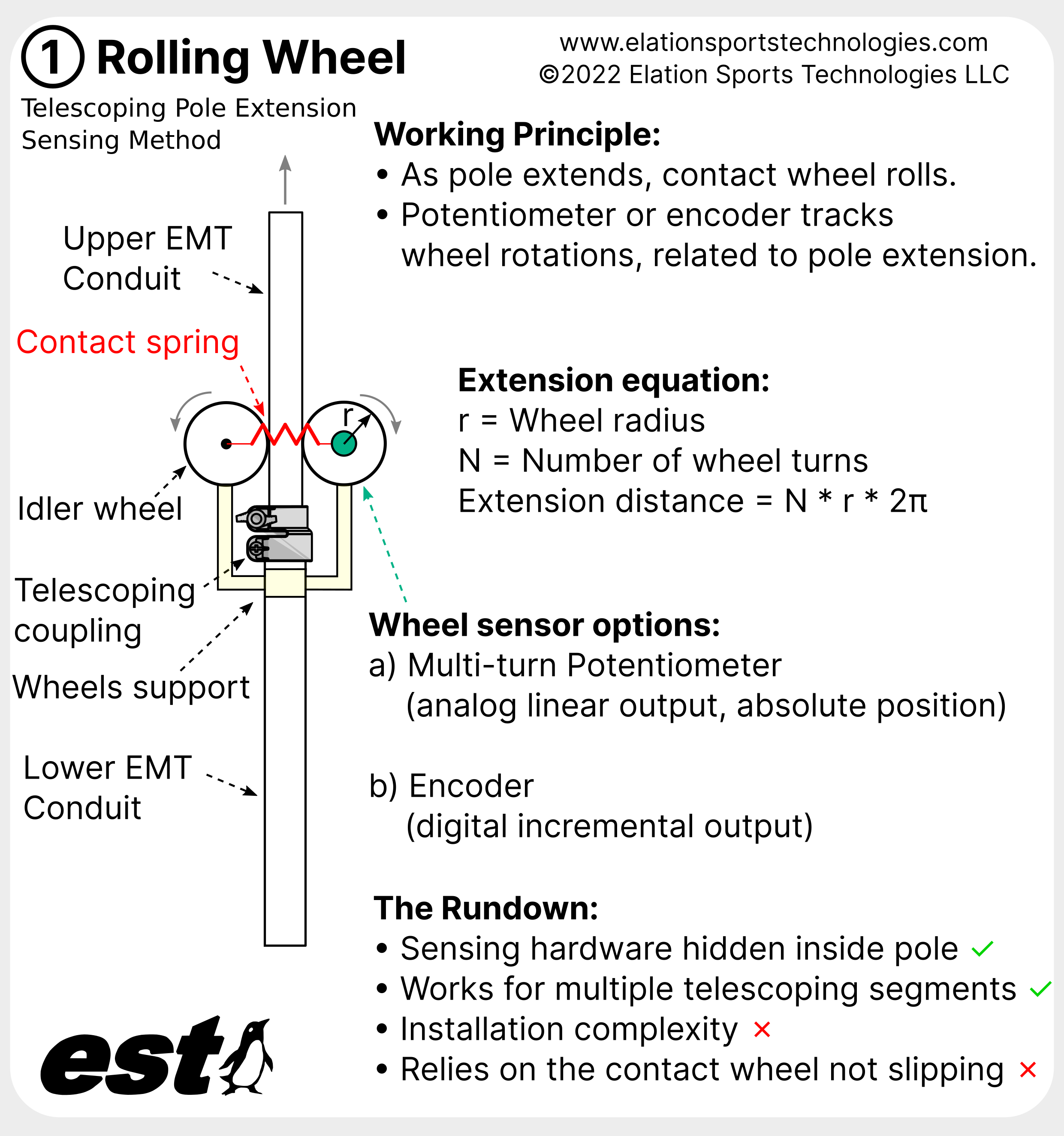
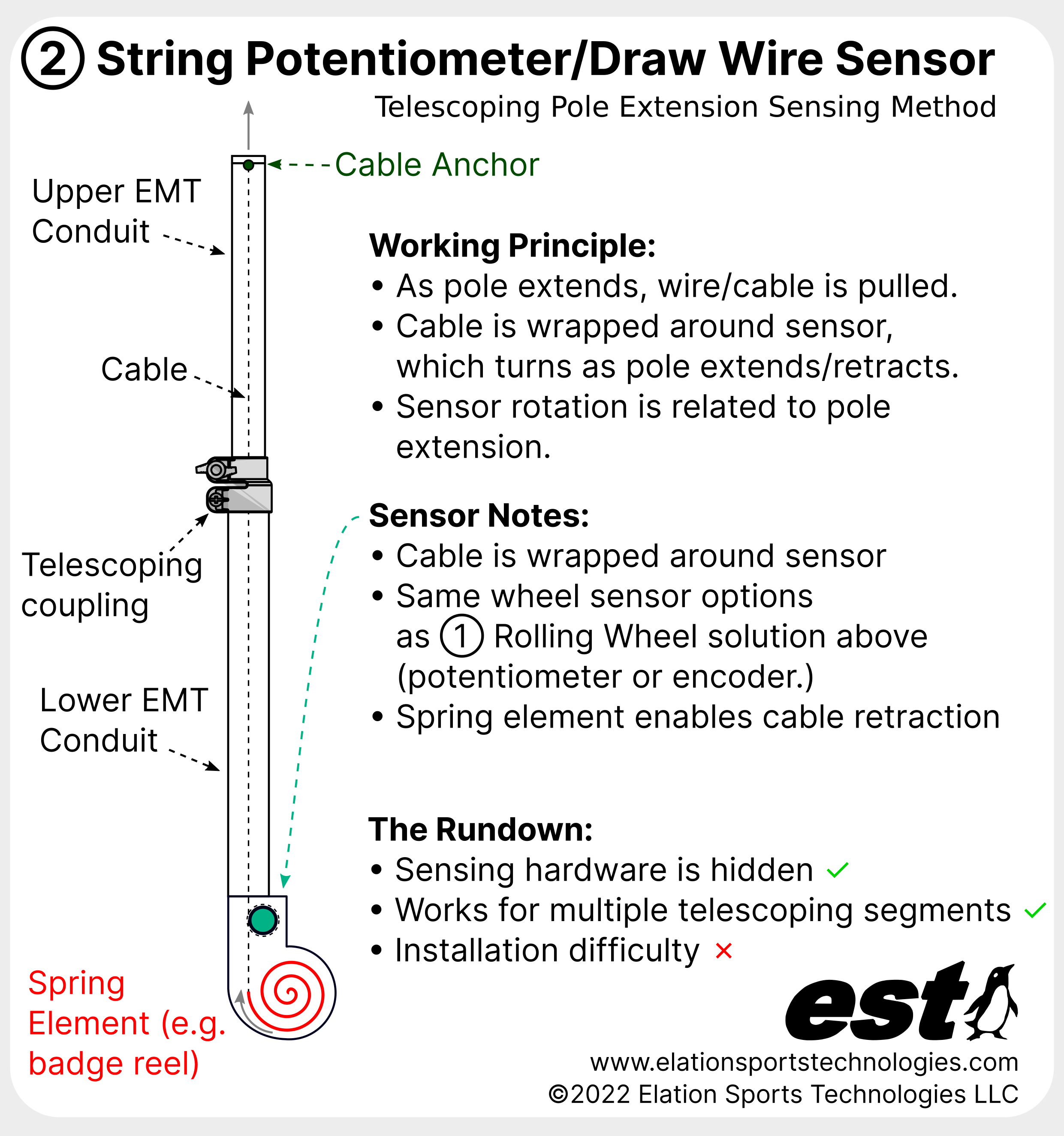
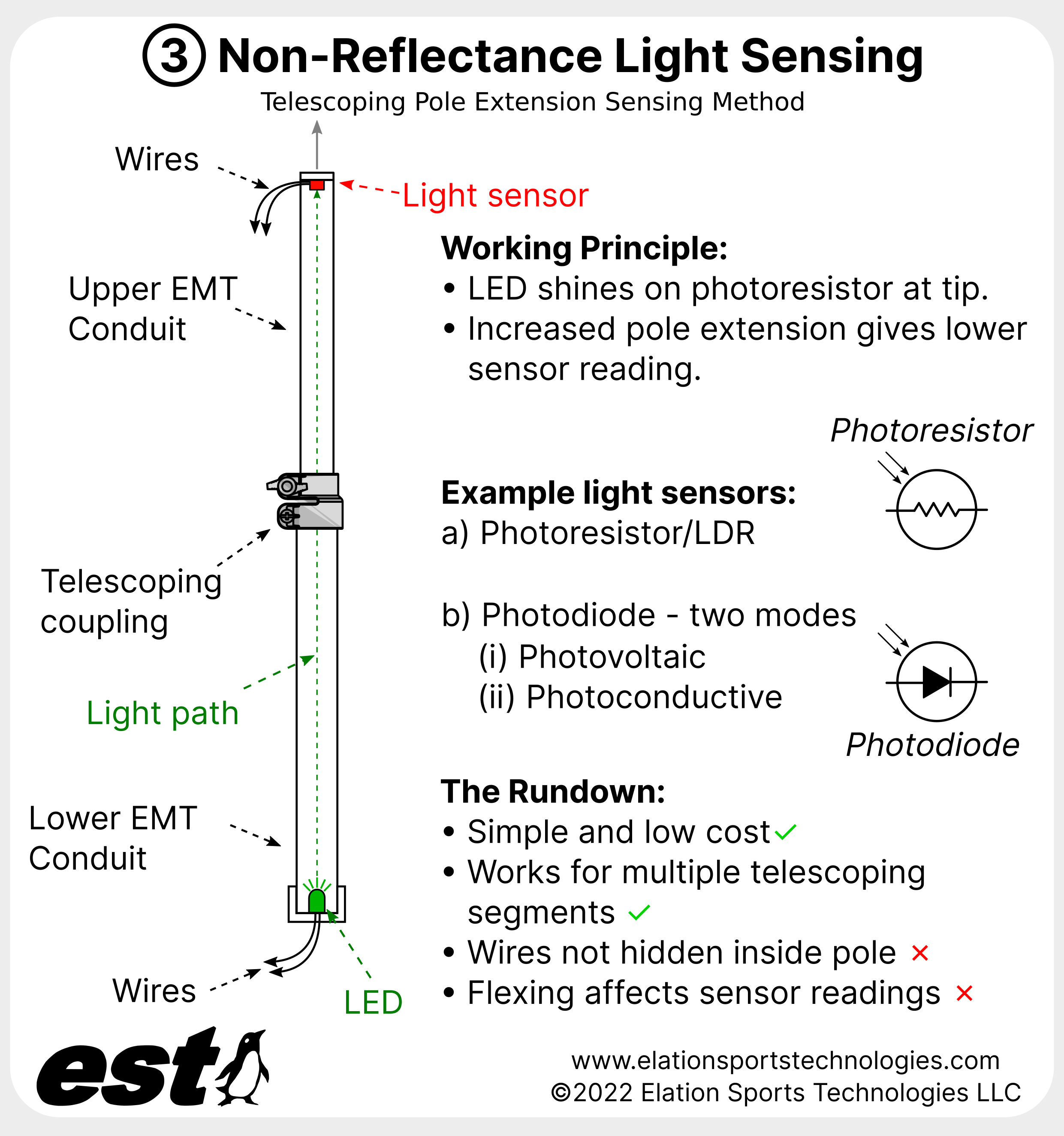


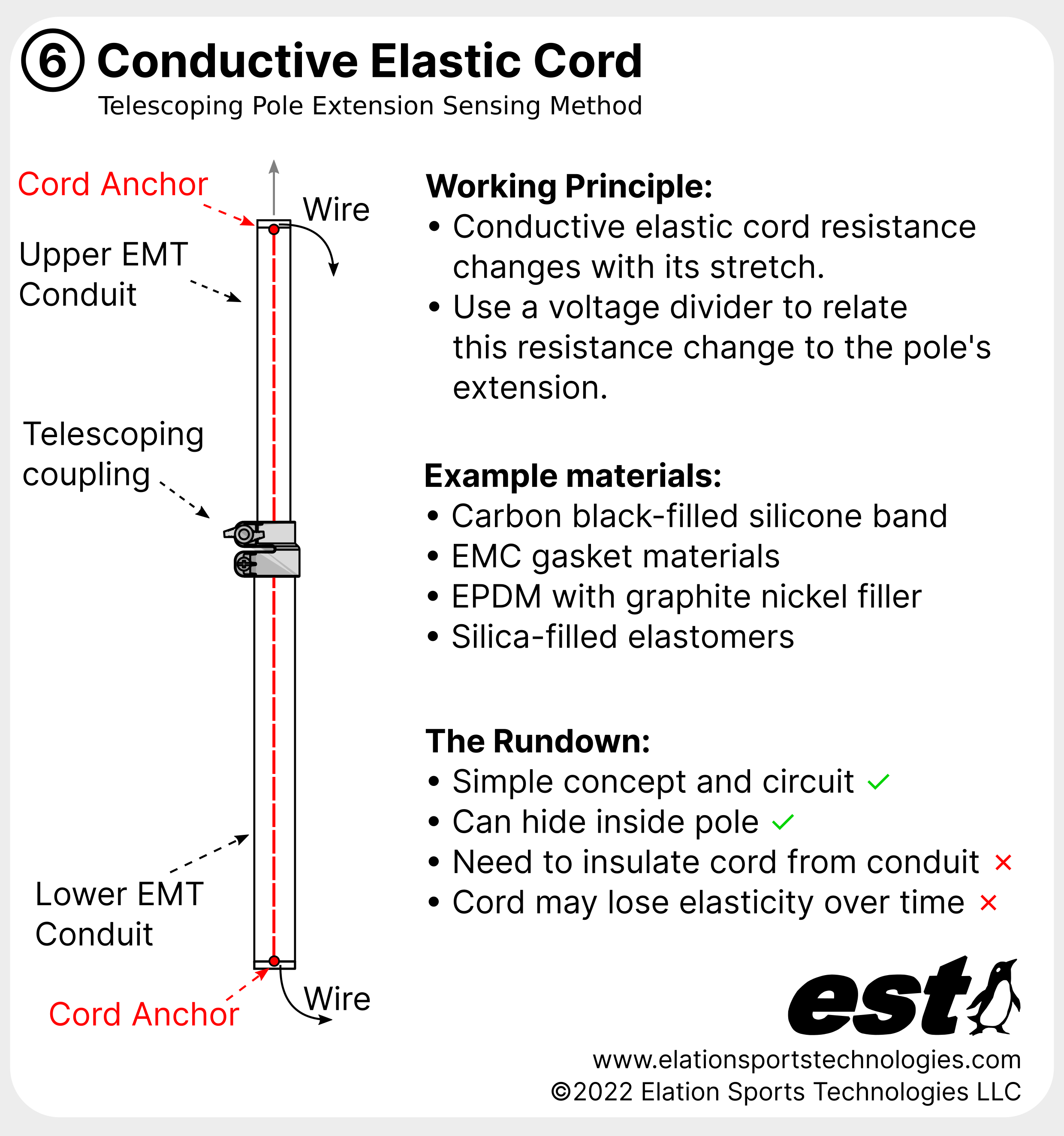
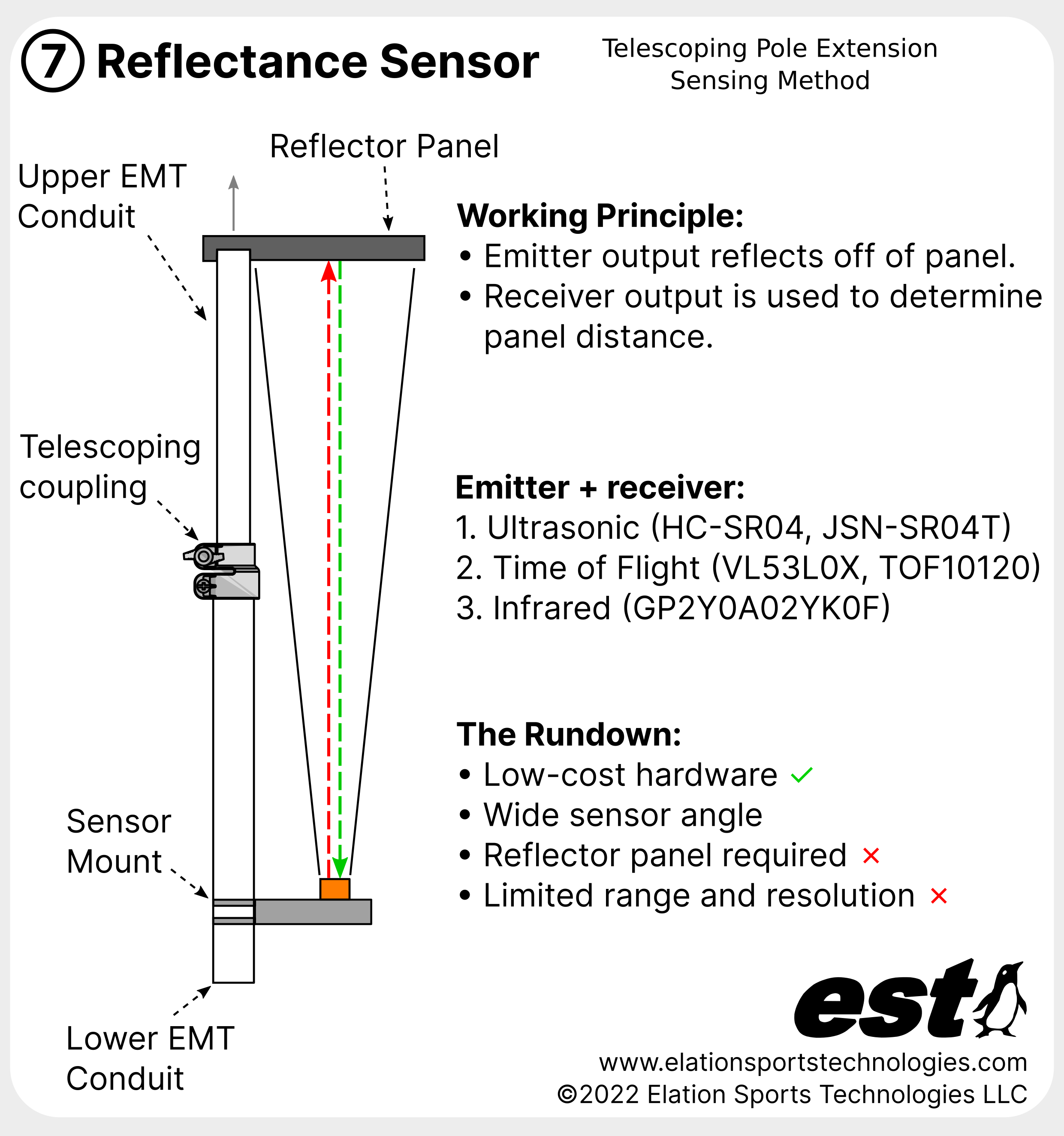
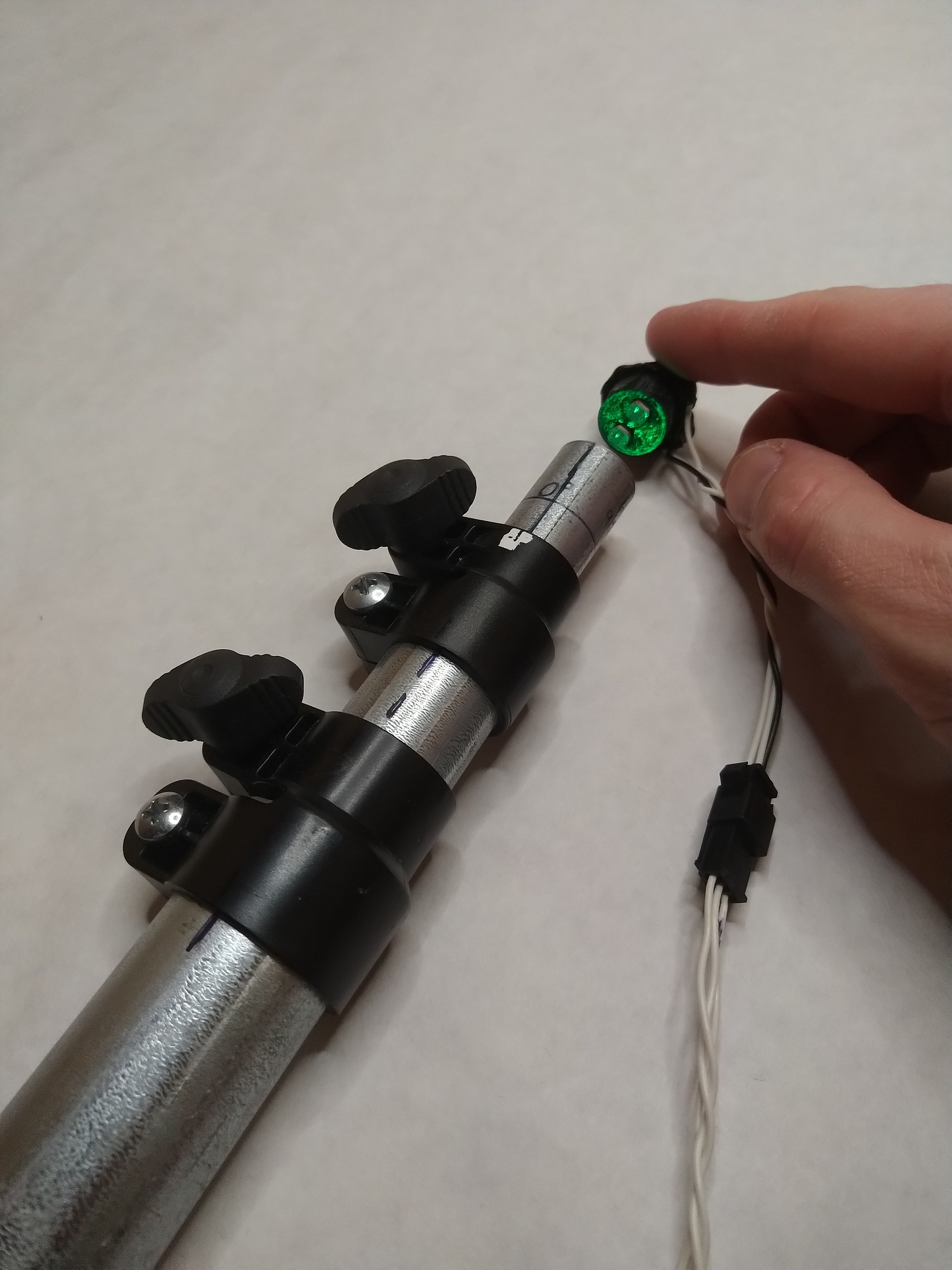
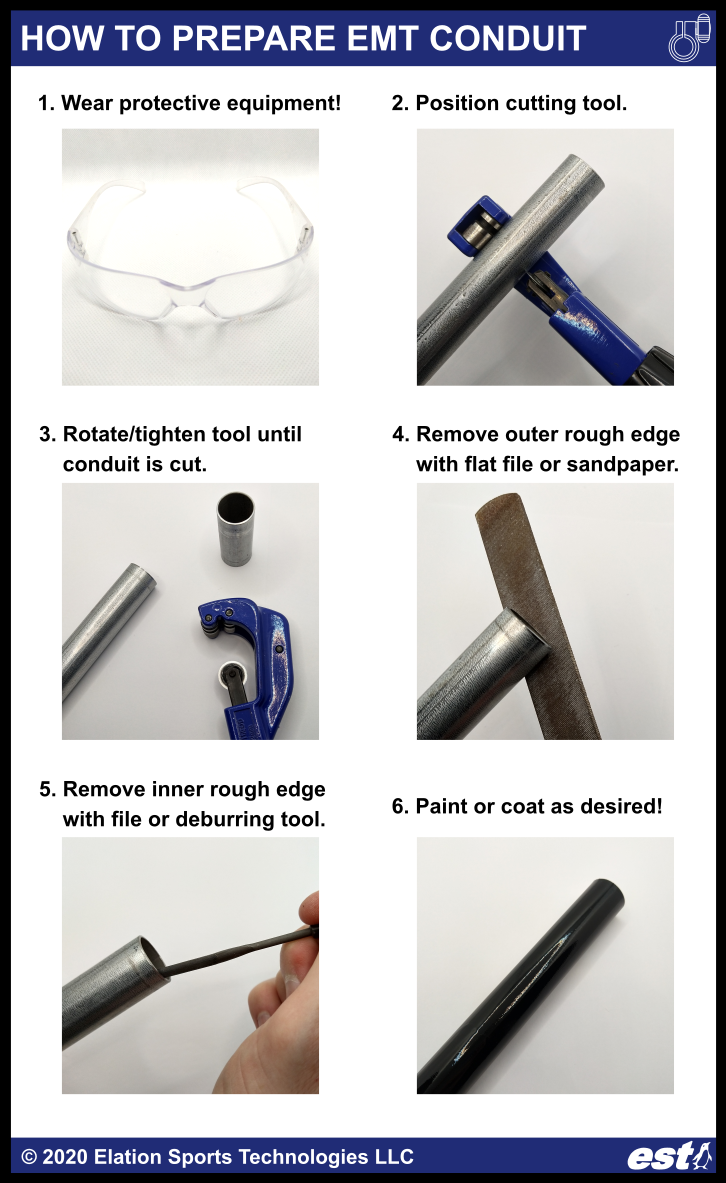
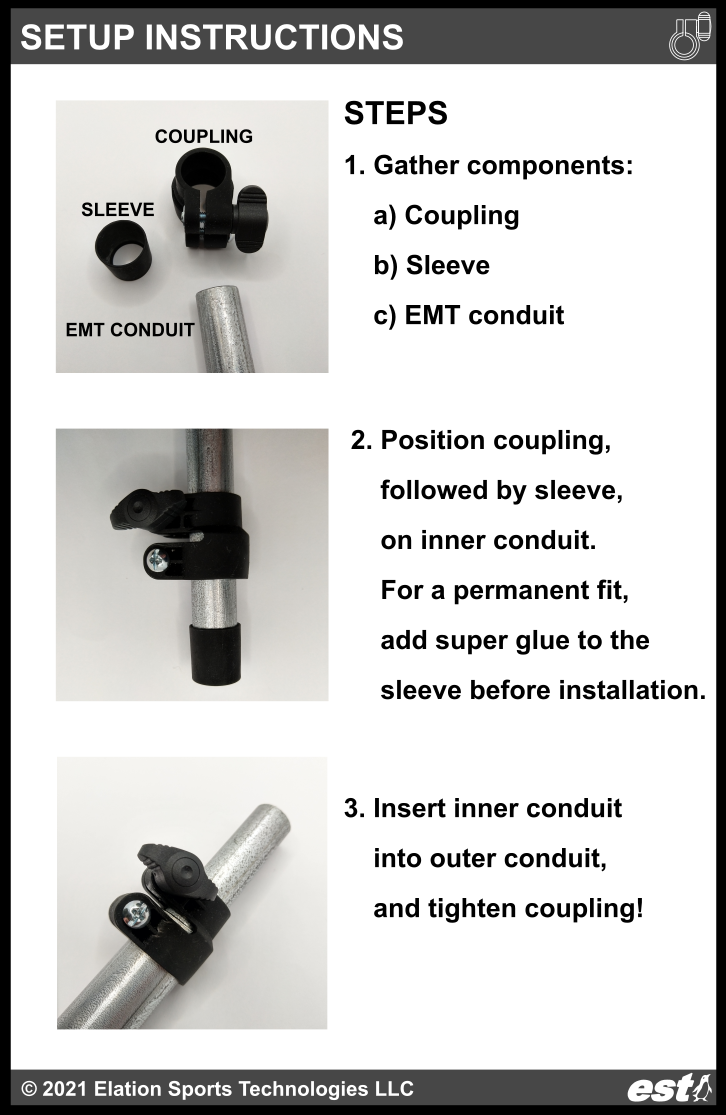
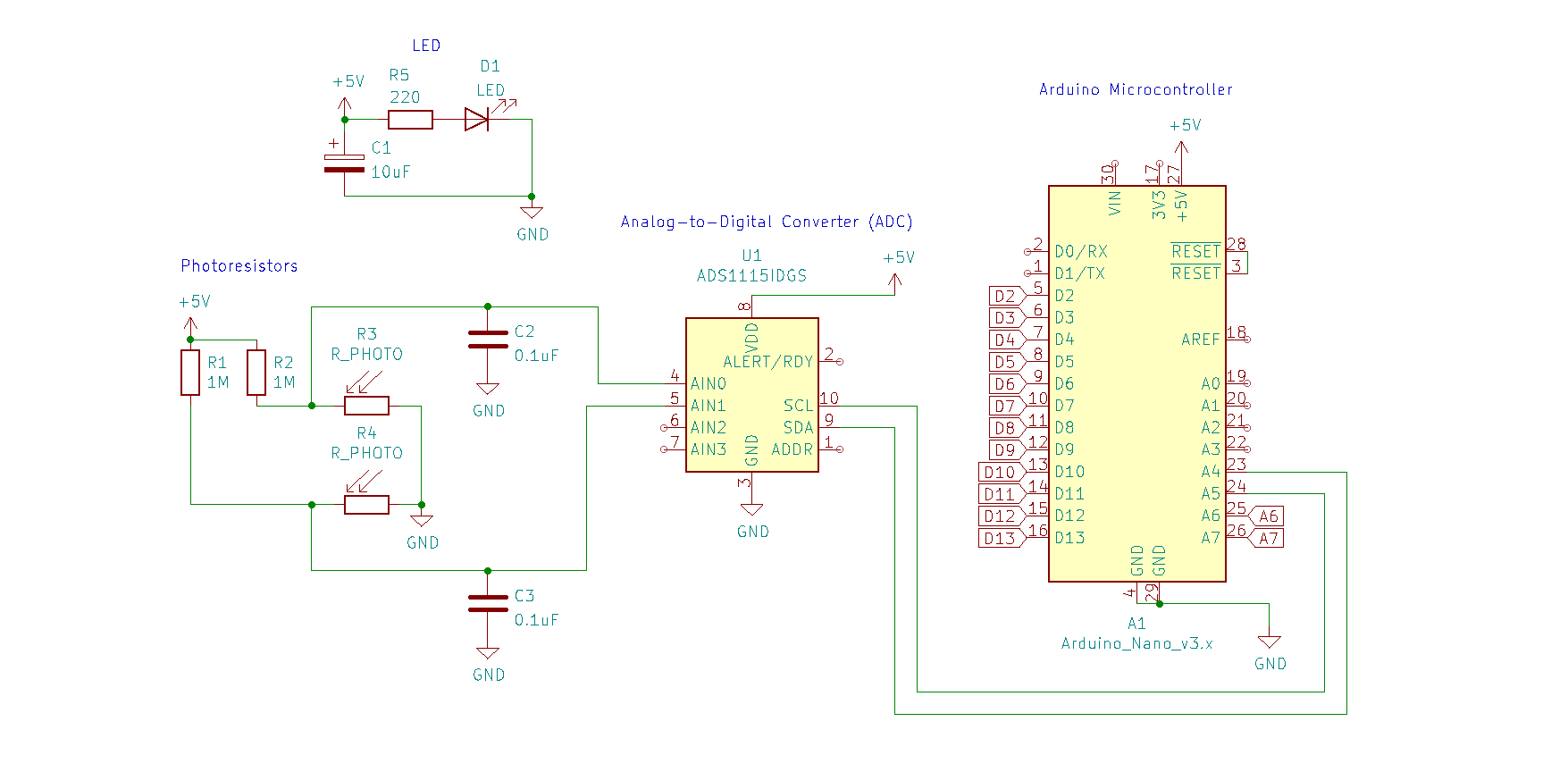
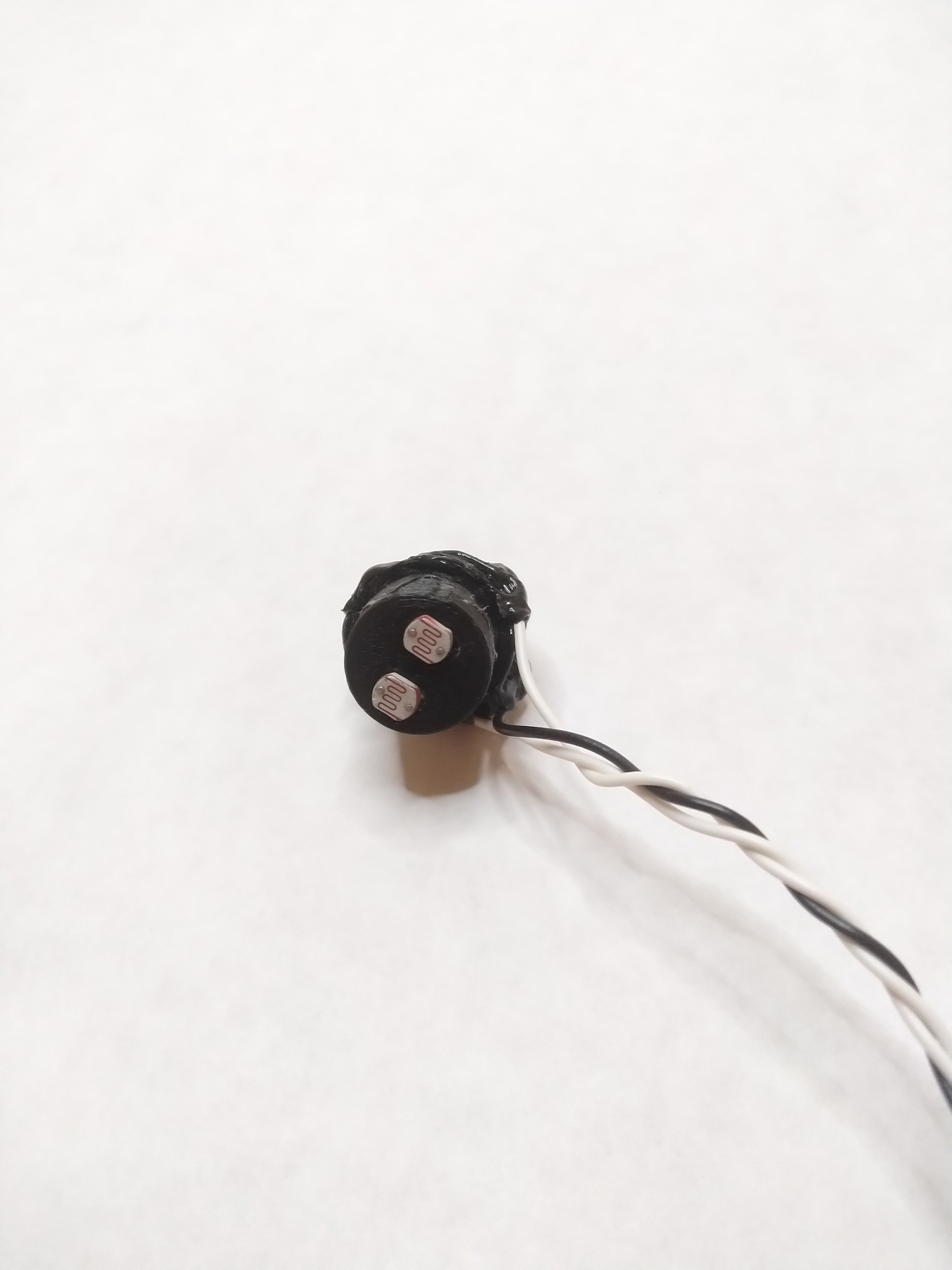
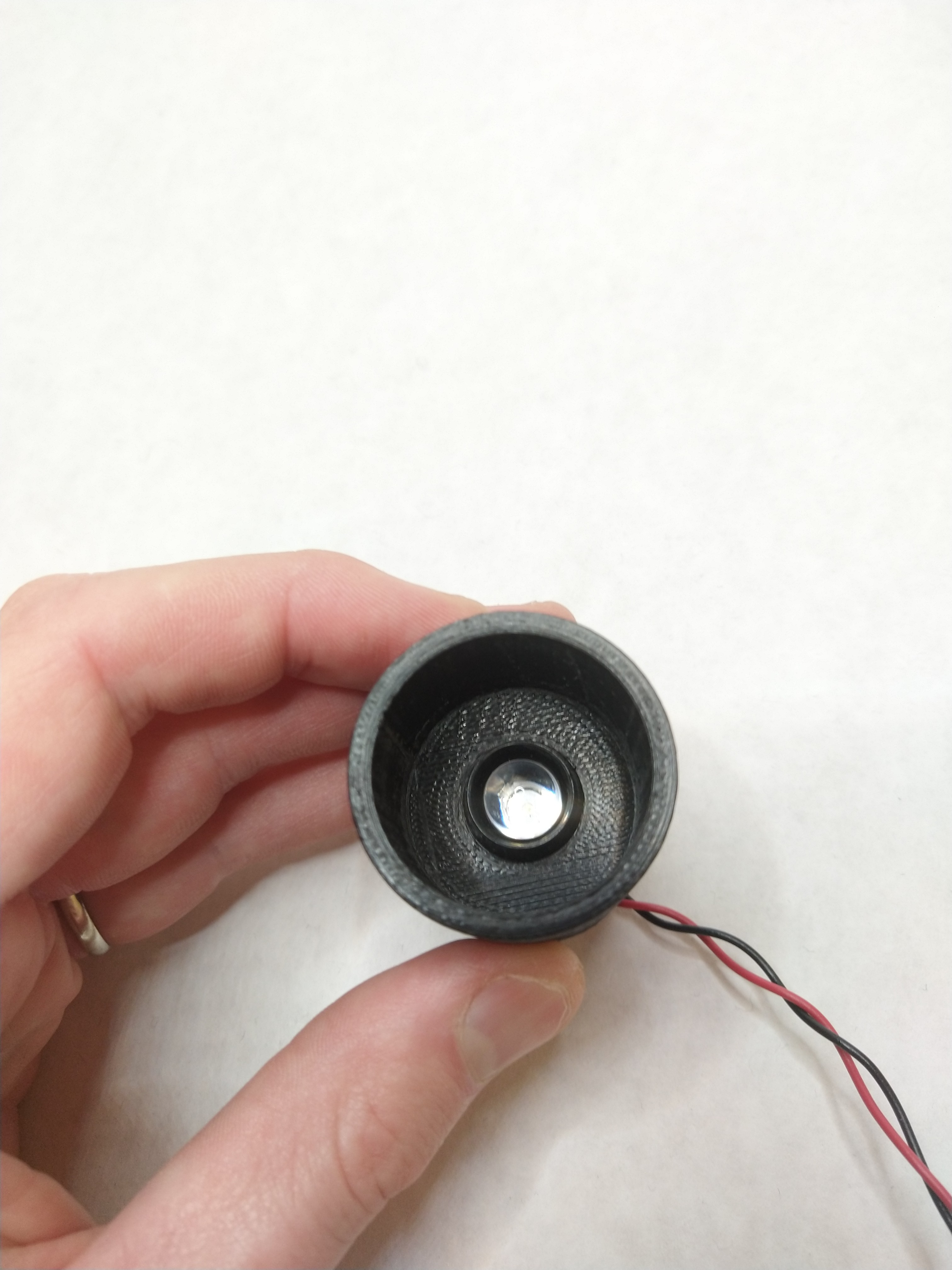
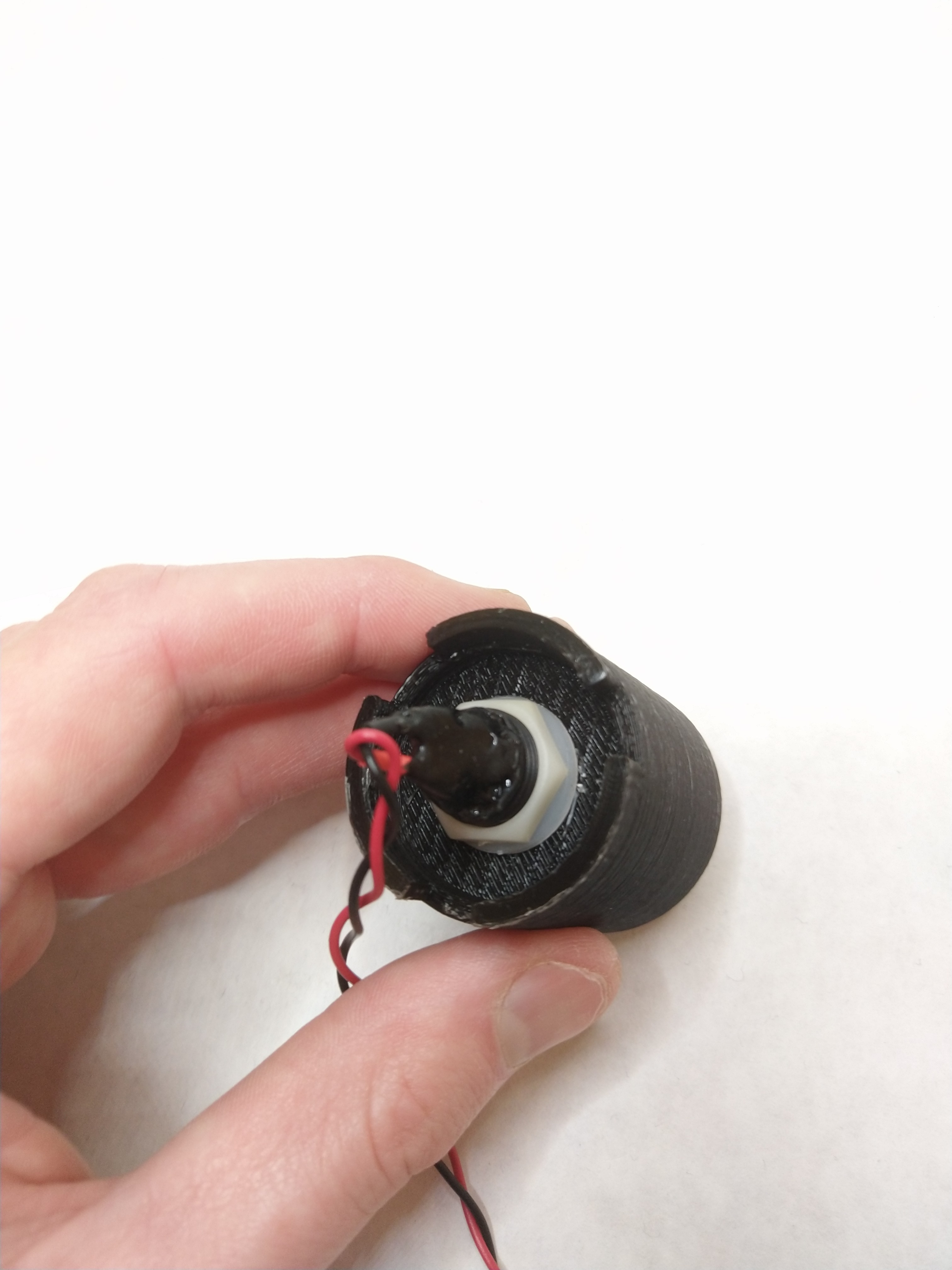
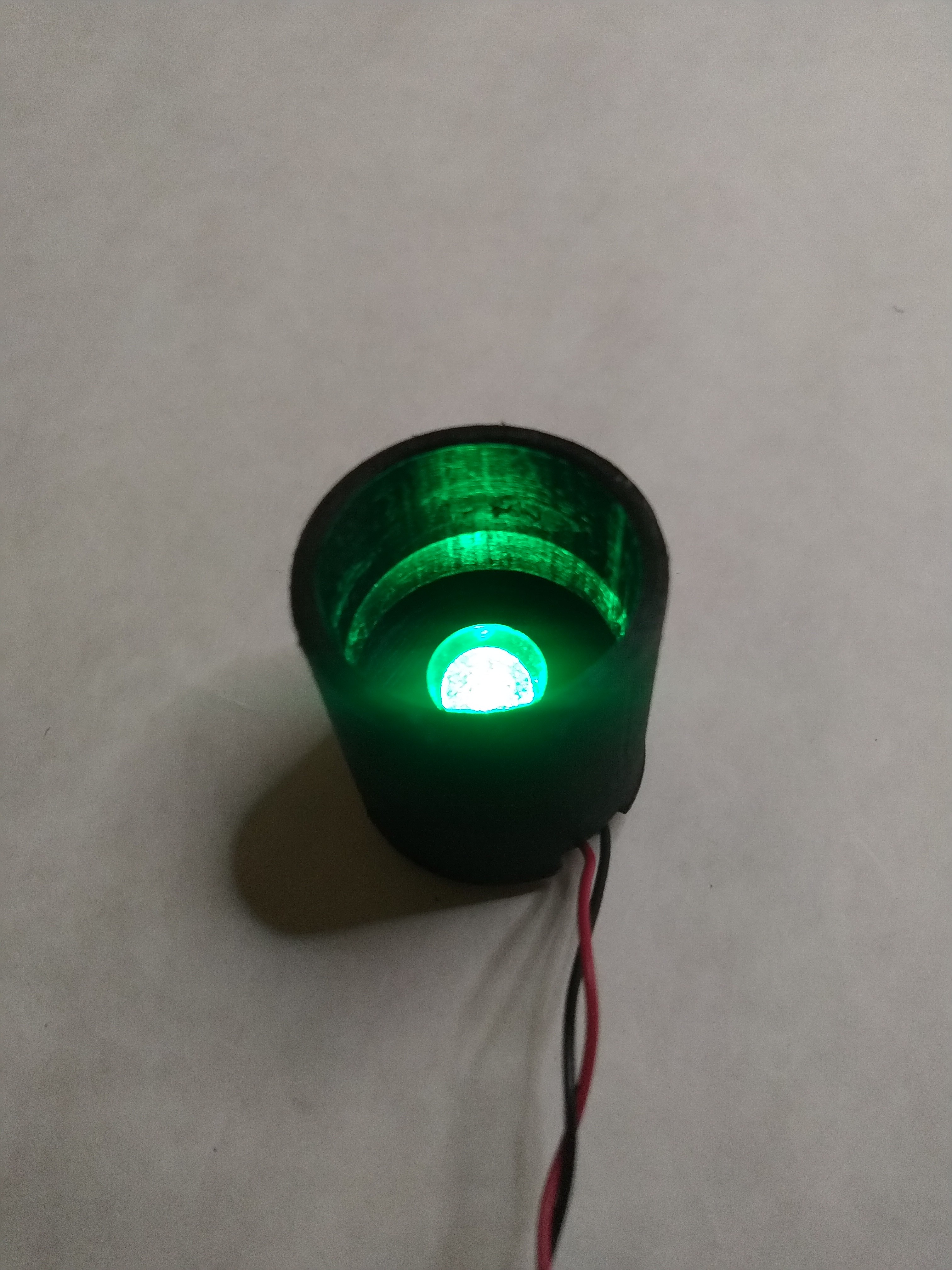
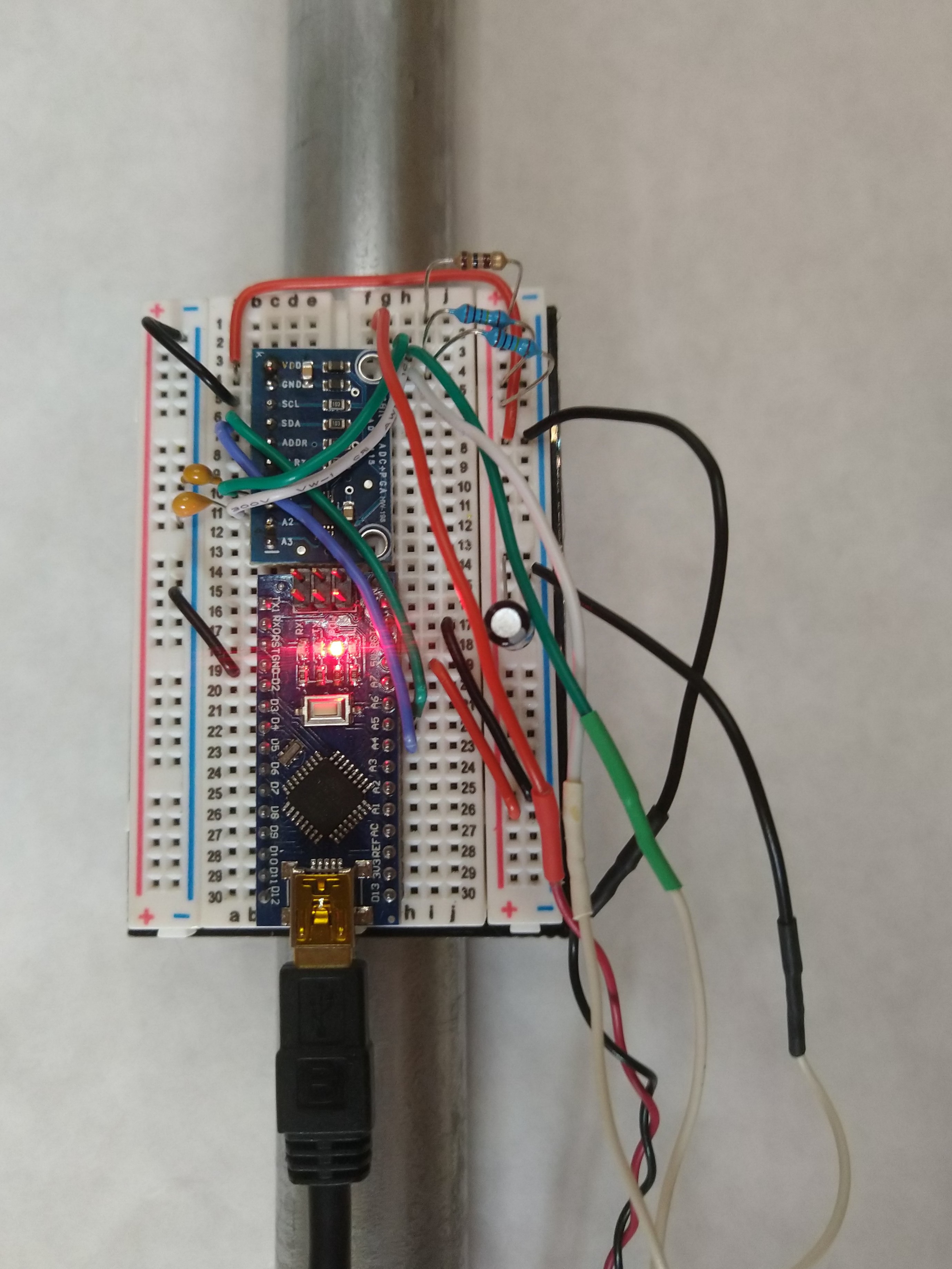

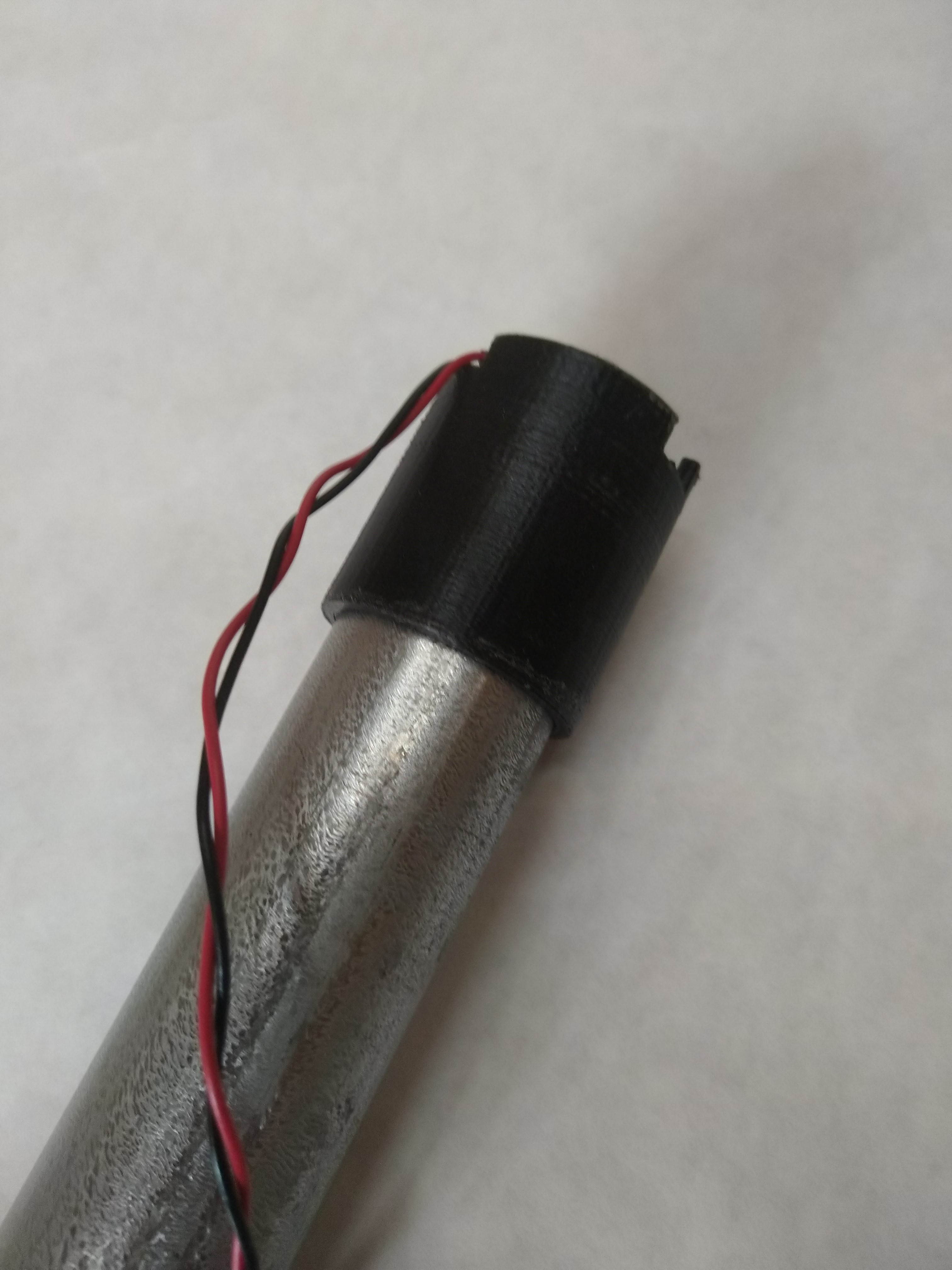
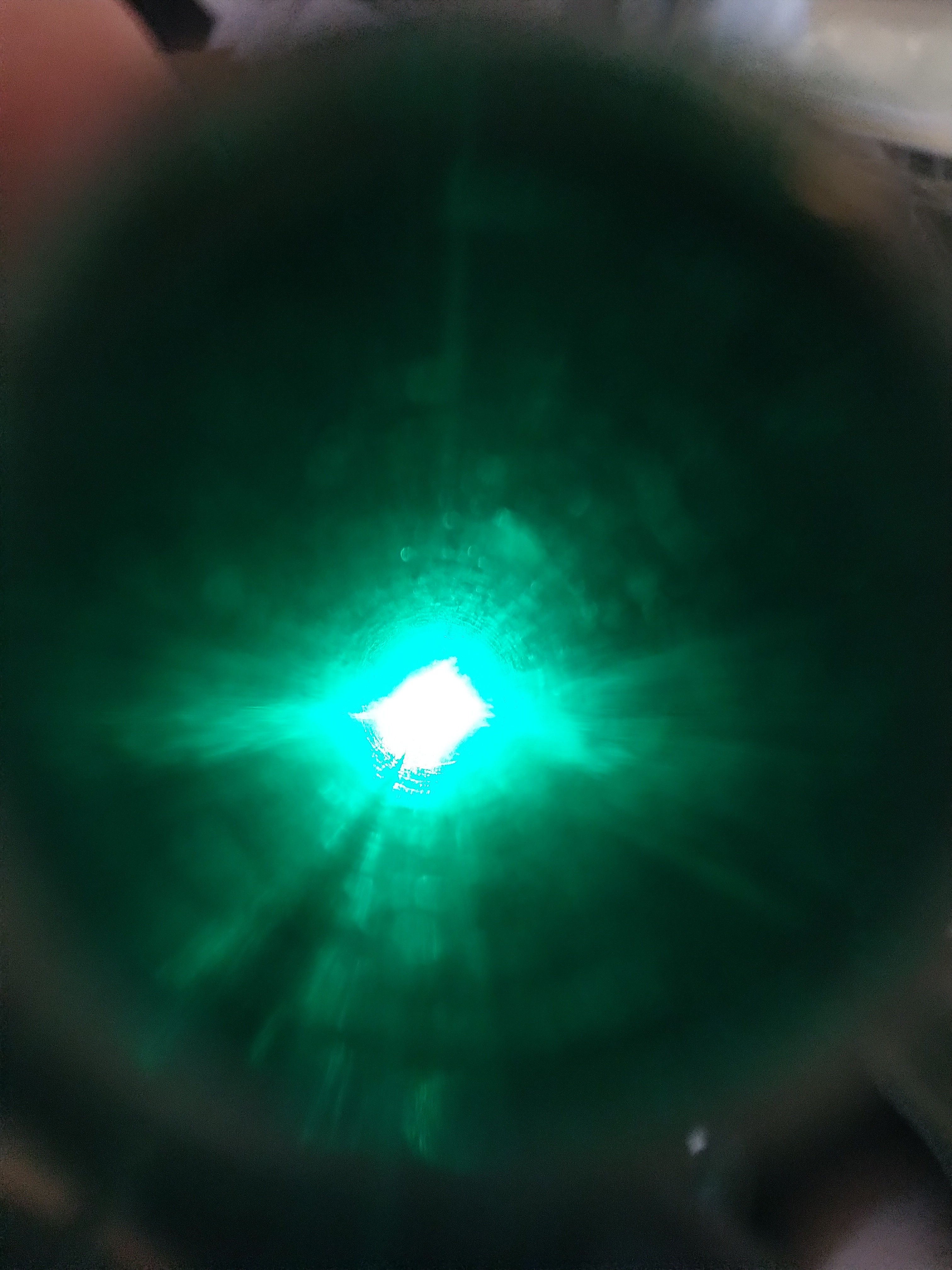
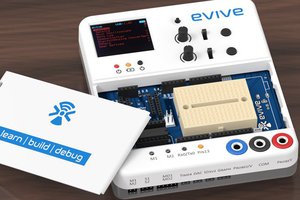
 Dhrupal R Shah
Dhrupal R Shah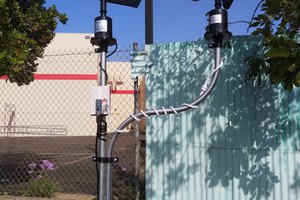
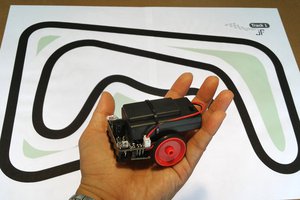
 Nick Lim
Nick Lim
 Ashwin K Whitchurch
Ashwin K Whitchurch